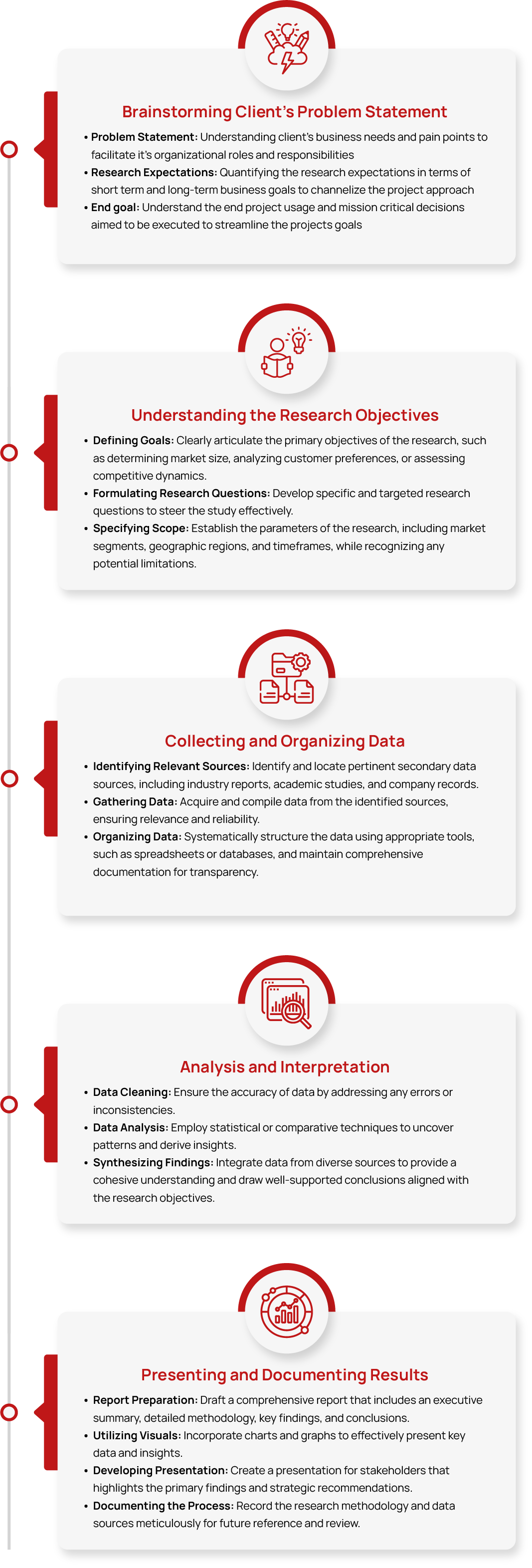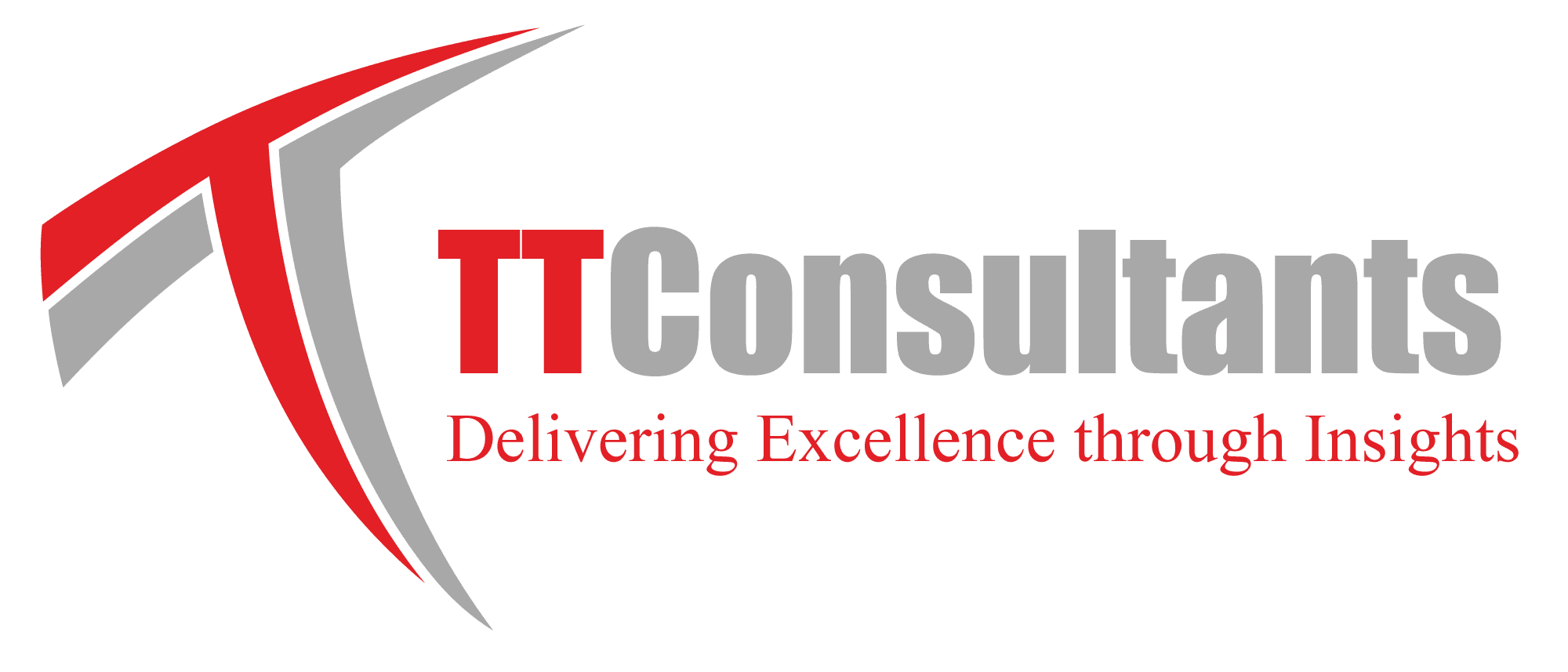Global Mass Spectrometry Market Size, Share, Growth and Trend Analysis Report, 2032
- Summary
- Market Landscape
- Methodology
- Table of Content
Global Mass Spectrometry Market Size, Share & Growth and Trend Analysis Report, By Product (Instrument, Services), By Sample Preparation (LC-MS, GC-MS), By Application (Omics, Clinical, Environmental), By End User (Pharma, Academia, F&B) and By Region (Asia Pacific, Europe, North America, Latin America and Middle East & Africa) and Forecasts 2024 – 2032.
Mass Spectrometry (MS) is an analytical technique used to measure the mass-to-charge ratio of ions. It is widely used to analyse the composition, structure, and properties of chemical and biological substances.
The Global Mass Spectrometry Market was valued at approximately USD 6 billion in 2024. It is projected to grow to USD XX billion by 2032, with a compound annual growth rate (CAGR) of XX% from 2025 to 2032.
Industry Trends
Mass spectrometry is advancing with hybrid systems like Orbitrap and Q-TOF, enabling ultra-high-resolution analysis and faster detection of complex molecules.
A key trend is the integration of AI algorithms for automated data interpretation, enhancing precision in proteomics and metabolomics research.
The global mass spectrometry market is growing rapidly, driven by advancements in analytical technologies and rising demand across pharmaceuticals, biotechnology, and environmental science.
The increasing focus on personalized medicine, coupled with the adoption of metabolomics and proteomics, is boosting its use in research and clinical diagnostics.
Innovations such as hybrid systems, miniaturized instruments, and AI-driven data analysis are enabling faster, more accurate results, expanding applications in fields like forensic science, food safety, and environmental monitoring.
However, the market faces challenges, including high instrument costs, operational complexity, and limited adoption in low-income regions due to affordability constraints. Regulatory hurdles and supply chain disruptions further hinder growth.
Overcoming these obstacles through cost-effective innovations, broader market access, and leveraging trends in automation and sustainability will be critical for the continued expansion of mass spectrometry applications.
Industry Expert’s Opinion
- Dr Gopal Vaidyanathan, Vice President, Mass Spectrometry Operations, Waters India
“The past decade has seen a rapid increase in the number of high resolution mass spectrometers (HRMS) for both small molecule and biological applications in the research institutes as well as in the pharmaceutical industry. The environmental and food safety industry is also using the HRMS instruments for nontargeted screening for pollutants, contaminants and pesticides at trace levels. The generic Indian pharmaceutical has adopted the high resolution mass spectrometers for impurity profiling, leachables and extractables studies in the past few years.”
TT Consultants’ Perspective
The global mass spectrometry market is experiencing significant growth, driven by a combination of technological advancements and expanding application areas.
On the demand side, increasing investments in research and development, particularly in fields such as personalized medicine, proteomics, and metabolomics, are fueling the adoption of mass spectrometry across industries like pharmaceuticals, biotechnology, and environmental science.
The North American and European regions continue to lead in both demand and technological innovation, while Asia-Pacific is emerging as a key market for adoption, driven by rising healthcare needs and research activities.
Technological advancements, including the integration of artificial intelligence and hybrid mass spectrometry systems, are revolutionizing data analysis and enhancing sensitivity and throughput.
Additionally, the growing focus on sustainability and regulatory compliance in clinical diagnostics, food safety, and environmental monitoring is pushing the market toward more efficient and eco-friendly solutions.
As the industry continues to evolve, the market outlook remains positive, supported by innovation, expanding application areas, and increasing global collaboration in research and technology development.
Market Segmentation
1. By Product (Instrument, Services)
The Instrument segment accounted for the largest revenue share of XX% in 2024, owing to the high demand for advanced mass spectrometry systems across various industries such as pharmaceuticals, biotechnology, and environmental testing.
Instruments like quadrupole, time-of-flight (TOF), and Orbitrap mass spectrometers are widely adopted for their precision, sensitivity, and versatility in analyzing complex samples.
The growing focus on research in proteomics, metabolomics, and clinical diagnostics has further driven the need for cutting-edge instruments.
While the Services segment is gaining momentum due to the increasing trend of outsourcing analytical testing and maintenance, instruments remain the dominant contributor to the global mass spectrometry market revenue.
This is attributed to the substantial upfront investment in purchasing mass spectrometry systems and their critical role in laboratory workflows.
Continuous technological advancements and the integration of artificial intelligence in instrumentation are expected to sustain the instrument segment's dominance in the foreseeable future.
2. Sample Preparation (LC-MS, GC-MS)
The LC-MS (Liquid Chromatography-Mass Spectrometry) segment held the largest revenue share of XX% in 2024, driven by its versatility and broad application across pharmaceuticals, biotechnology, and environmental testing.
LC-MS is preferred for analyzing a wide range of compounds, including large biomolecules such as proteins and peptides, as well as small molecules like metabolites and drugs.
Its ability to handle complex samples with high sensitivity and specificity makes it indispensable in areas like drug development, biomarker discovery, and clinical diagnostics.
While GC-MS (Gas Chromatography-Mass Spectrometry) is highly effective for volatile and semi-volatile compound analysis, such as in environmental testing and food safety, its applications are relatively limited compared to LC-MS.
The growing adoption of LC-MS in personalized medicine, proteomics, and metabolomics research, coupled with continuous advancements in chromatography techniques, ensures the segment's sustained dominance in the global mass spectrometry market.
3. By End User (Pharma, Academia, F&B)
The Pharmaceutical segment accounted for the largest revenue share of XX% in 2024, driven by the extensive use of mass spectrometry in drug discovery, development, and quality control processes.
Mass spectrometry plays a crucial role in identifying and quantifying compounds, ensuring the efficacy and safety of pharmaceutical products.
Its applications in proteomics, metabolomics, and biomarker discovery further enhance its importance in the pharmaceutical sector, especially with the growing focus on personalized medicine and biologics.
While the Academia segment benefits from rising research activities and government funding, and the Food & Beverage (F&B) segment uses mass spectrometry for quality testing and contamination analysis, the pharmaceutical industry's demand remains unmatched.
The sector's reliance on advanced analytical tools, coupled with stringent regulatory requirements, ensures the pharmaceutical segment continues to lead in the global mass spectrometry market.
Competitive Scenario
The global mass spectrometry market is highly competitive, featuring a blend of established global leaders and innovative regional players. Key companies such as Thermo Fisher Scientific, Inc., Agilent Technologies, Inc., Danaher Corporation (SCIEX), Waters Corporation, and Bruker Corporation dominate the market, leveraging cutting-edge technologies and extensive product portfolios. These players are heavily investing in research and development, driving advancements in hybrid systems and AI-driven data analysis to address diverse application needs. Strategic acquisitions, collaborations, and geographic expansions further strengthen their market presence.
Other notable participants include Shimadzu Corporation, PerkinElmer, Inc., Rigaku Corporation, LECO Corporation, and JEOL Ltd., each contributing significantly to the industry’s competitive dynamics. These companies are focusing on innovative product launches, enhancing operational efficiency, and catering to the growing demand for precision diagnostics and environmental monitoring, thereby shaping the future of the mass spectrometry market.
Recent Developments and Strategic Activities:
- The Consumer Electronics Show (CES) organized in January 2024 showcased how generative artificial intelligence (AI) is transforming various industries, with tech giants like Google, Amazon, LG, and Hisense unveiling AI-powered products. Nvidia CEO Jensen Huang emphasized that AI is advancing rapidly, from perception AI to generative AI, and now entering the era of “physical AI” capable of reasoning, planning, and acting. In addition to AI advancements in smartphones, AI-powered voice assistants are expanding into sectors like automotive with Amazon’s Alexa in BMW vehicles, and TVs, where LG and Samsung integrate Microsoft’s AI co-pilot. AI’s integration is shaping the future of consumer technology.
- In May 2023, Ekka Electronics revealed a major investment of USD 121.1 million to set up a manufacturing facility in Noida, India. The plant will produce a variety of consumer electronics, including washing machines, smartwatches, wearables, and true wireless stereo (TWS) devices. The company has plans to ramp up production, targeting a monthly output of 800,000 to 900,000 units within the next three years.
- In April 2023, OnePlus introduced its flagship tablet, the OnePlus Pad. The tablet features the brand's signature blend of elegance and functionality, showcasing OnePlus' self-developed Star Orbit metal craft and precision CNC cutting techniques with aluminum alloy. The company aims to deliver a fast, seamless user experience while setting new industry standards, providing users with the best available options and invigorating the market.
- In March 2023, CUI Devices announced a distribution agreement with J.P. Electronic Devices Pvt. Ltd., a supplier of electronic components, services, and solutions across various industries. This partnership is aimed at leveraging J.P. Electronic Devices' extensive network and expertise to reach and serve a broad customer base in India.
- In January 2023, the Indian government unveiled its strategy to achieve USD 300 billion in electronics manufacturing by FY26, with the goal of helping the country become a USD 1 trillion economy by 2025. The government introduced several initiatives and incentives, such as the Production Linked Incentive (PLI) scheme and the scheme for promoting electronic components and semiconductors (SPECS), to strengthen and foster the electronics manufacturing sector.

Please fill out the form to request the ToC and gain access to detailed insights in the report.
Request Table of Contents







